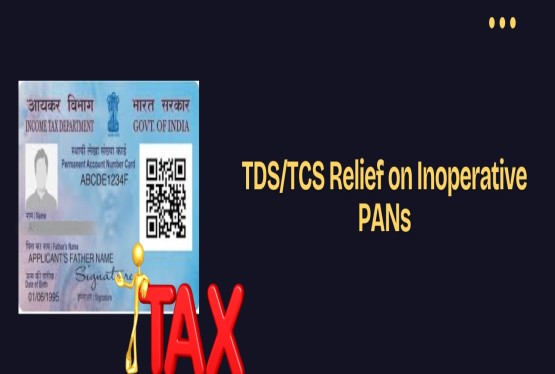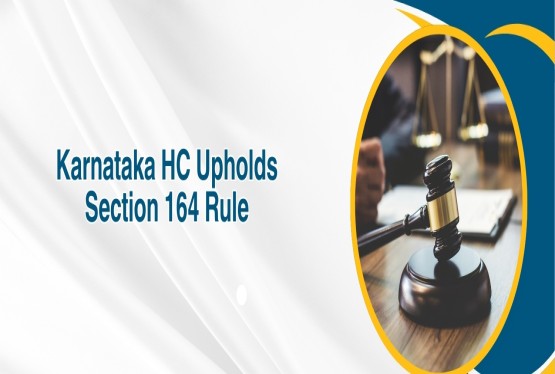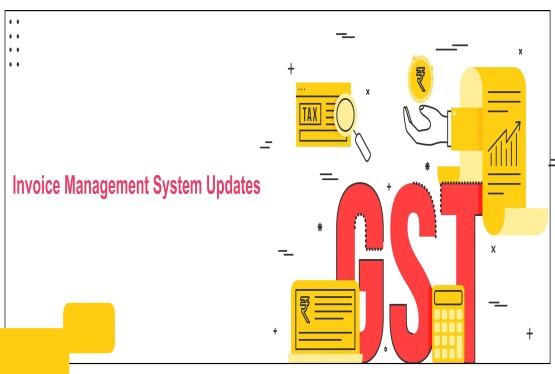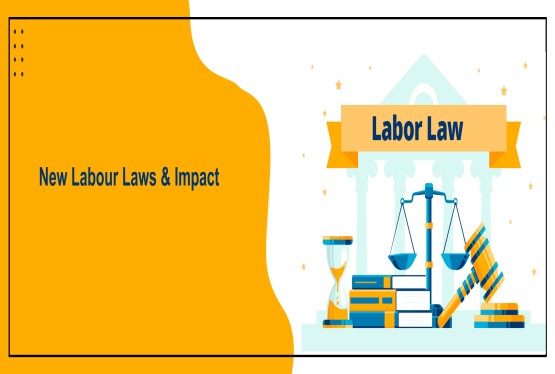The Income Tax Act, 1961 is the backbone of India’s direct taxation system, outlining the principles for income classification, deductions, exemptions, and tax liabilities. A significant part of this legislation lies in its definitions section—Section 2—which serves as a foundation for interpreting and applying the various provisions of the Act. One important definition provided in this section is that of "short-term capital gain," which is covered under Section 2(42B) in The Income Tax Act, 1961.
What is Section 2(42B) in The Income Tax Act, 1961?
Section 2(42B) in The Income Tax Act, 1961, defines the term "short-term capital gain." According to the section, unless the context otherwise requires, "short-term capital gain" means capital gain arising from the transfer of a short-term capital asset. This may seem like a concise and straightforward definition, but it links directly to other sections such as Section 2(14) and Section 2(42A), which define "capital asset" and "short-term capital asset," respectively. Without understanding these linked definitions, one cannot fully grasp the implications of Section 2(42B).
Various Terms Linked to Section 2(42B)
The following are some terms linked to Section 2(42B) of the Income Tax Act:
Capital Asset [Section 2(14)]
Before diving deeper into the meaning of short-term capital gain, it is important to understand what a capital asset is. As per Section 2(14), a capital asset refers to property of any kind held by an assessee, whether or not it is connected with his business or profession. However, there are certain exclusions:
-
Stock-in-trade, consumables, or raw materials held for business or professional purposes are not capital assets.
-
Personal effects, such as furniture and clothing for personal use, are not included unless they are jewelry, paintings, or other specified assets.
-
Rural agricultural land in India is also excluded.
-
Specific government-issued bonds are not capital assets.
Thus, only those properties which do not fall under the exclusions are treated as capital assets, and their transfer may give rise to capital gains.
Short-Term Capital Asset [Section 2(42A)]
Section 2(42A) defines a short-term capital asset as one that has been held by the assessee for not more than a specified period immediately before the transfer. This period varies based on the type of asset:
-
For listed equity shares, listed securities, units of UTI, and equity-oriented mutual funds, the holding period is 12 months.
-
For unlisted shares and immovable property like land or buildings, the period is 24 months.
-
For all other types of assets, the holding period is 36 months.
If a capital asset is sold within this holding period, the resulting gain is termed as a short-term capital gain under Section 2(42B) in The Income Tax Act, 1961.
Importance of Section 2(42B) in The Income Tax Act, 1961
The definition of short-term capital gain under Section 2(42B) plays an important role in various areas of taxation and financial planning. It determines which gains are taxed at a higher rate and which ones qualify for specific exemptions or deductions.
Differentiating Tax Treatment
Short-term capital gains are generally taxed at higher rates than long-term capital gains. For example, gains on listed shares subject to STT are taxed at 15% under Section 111A. Other short-term gains are taxed as per the normal income tax slab. This differentiation makes the definition under Section 2(42B) in The Income Tax Act, 1961, very important.
Encouraging Long-Term Investments
One of the objectives behind taxing short-term capital gains at a higher rate is to encourage taxpayers to hold on to their investments for a longer duration. This is seen as beneficial for the overall economy, as long-term investments tend to be more stable.
Simplifying Tax Compliance
Clear classification between short-term and long-term capital gains helps both the taxpayers and the tax authorities. It simplifies the process of calculating gains, filing returns, and assessing tax liabilities. This is why the role of Section 2(42B) in The Income Tax Act, 1961, is so foundational.
Basis for Tax Exemptions and Deductions
Several exemptions under the Income Tax Act, such as those under Section 54, Section 54F, etc., apply only to long-term capital gains. Therefore, the definition under Section 2(42B) ensures that taxpayers do not mistakenly claim deductions for gains that are classified as short-term.
Calculation of Short-Term Capital Gain
The calculation of short-term capital gain is done as per the following formula:
Full Value of Consideration Less: Expenditure incurred wholly and exclusively in connection with such transfer Less: Cost of acquisition Less: Cost of improvement (if any) Equals: Short-Term Capital Gain
Indexation benefit, which adjusts the cost of acquisition for inflation, is not available for short-term capital gains. This means the entire gain is considered for taxation without any adjustment for inflation.
Taxation under Section 2(42B) in The Income Tax Act, 1961
STCG on Shares and Units Covered by STT (Section 111A)
When equity shares, equity-oriented mutual fund units, or units of a business trust are sold through a recognized stock exchange and the transaction is chargeable to Securities Transaction Tax (STT), then the short-term capital gain is taxed at a flat rate of 15% under Section 111A. This rate is subject to applicable surcharge and cess.
This special treatment encourages stock market transactions through formal exchanges and ensures a level of compliance and transparency.
STCG on Other Assets
If the asset is not covered under Section 111A—such as gold, debt mutual funds, unlisted shares, or real estate—then the short-term capital gain is taxed at the applicable income tax slab rates of the individual. This can go up to 30% for individuals in the highest slab.
Recent Changes and Impact on Section 2(42B)
Although Section 2(42B) itself does not change often, its application is impacted by amendments to other sections. For example, the Finance Act changed the holding period for unlisted shares and immovable property from 36 months to 24 months to qualify for long-term capital gains. This indirectly affects what is considered short-term capital gain under Section 2(42B) in The Income Tax Act, 1961.
Additionally, recent budget announcements may create specific classifications for newer asset classes like Virtual Digital Assets, defining their holding period separately. Such updates impact the scope and interpretation of short-term capital gains.
Judicial Pronouncements and Their Relevance
Several court cases and tribunal decisions influence how Section 2(42B) is interpreted in real-world situations. While there may not be landmark judgments solely on this section, the following issues are often highlighted:
Determining the Holding Period
There are legal disputes about the exact date from which the holding period should be calculated. For example, in the case of a property acquired through inheritance or gift, or under development agreements, courts have had to interpret when ownership truly begins.
Business Income vs. Capital Gain
In frequent transactions, such as buying and selling of shares, authorities sometimes treat the gain as business income rather than capital gains. The intention of the assessee—whether the asset was held as investment or stock-in-trade—is a key consideration.
Determining Cost of Acquisition
For assets received as gifts or inheritance, calculating the cost of acquisition can be complex. It is generally considered to be the cost to the previous owner. However, disputes still arise, particularly about improvements made or documentation provided.
These cases underscore the importance of a clear definition in Section 2(42B) in The Income Tax Act, 1961, and its proper interpretation.
Conclusion
Section 2(42B) in The Income Tax Act, 1961, may appear to be a simple definition, but it forms the foundation for how short-term capital gains are treated in the Indian taxation system. By linking it to Section 2(14) and Section 2(42A), the law creates a robust framework for classifying and taxing gains arising from the transfer of capital assets. Knowing about this section is important not just for tax planning, but also for ensuring proper compliance. It influences investment behavior, simplifies administrative processes, and provides clarity on tax liabilities. Any taxpayer engaged in asset transfers must have a thorough grasp of Section 2(42B) in The Income Tax Act, 1961, to navigate the complex tax landscape efficiently.
Frequently Asked Questions (FAQs)
Q1. What is "short-term capital gain" as defined under Section 2(42B) of the Income Tax Act, 1961?
Ans. Section 2(42B) defines "short-term capital gain" as any capital gain arising from the transfer of a short-term capital asset. This means gains made from selling assets that have been held for a relatively short duration, as defined under Section 2(42A), are categorized as short-term capital gains and taxed accordingly.
Q2. How is a "short-term capital asset" determined for the purpose of identifying short-term capital gains?
Ans. A short-term capital asset is one held for:
-
≤12 months – for listed shares, equity mutual fund units, and zero-coupon bonds.
-
≤24 months – for unlisted shares and immovable property.
-
≤36 months – for all other assets.
If an asset is transferred within this holding period, any gain is considered a short-term capital gain under Section 2(42B).
Q3. How are short-term capital gains taxed under the Income Tax Act?
Ans.
-
STCG on listed equity shares/mutual funds (where STT is paid): Taxed at 15% under Section 111A.
-
STCG on other assets (e.g., gold, unlisted shares): Taxed at the individual's applicable income tax slab rate.
No indexation benefit is available for short-term capital gains.
Q4. What is the difference between short-term and long-term capital gains in tax treatment?
Ans. The primary differences lie in:
-
Holding period of the asset.
-
Tax rate: STCG is taxed at slab rates or 15%, while LTCG may be taxed at concessional rates (e.g., 10% or 20%).
-
Indexation: LTCG often allows indexation (adjusting cost for inflation), STCG does not.
-
Exemptions: Certain exemptions (e.g., Sections 54, 54EC) apply only to LTCG.
Q5. Are there any judicial or legislative developments affecting the scope of Section 2(42B)?
Ans. While Section 2(42B) itself is rarely amended, its scope is affected by:
-
Changes in Section 2(42A) (redefining holding periods for certain assets).
-
New classifications like Virtual Digital Assets with specified holding periods.
-
Judicial rulings on intention of asset holding, determining business income vs. capital gains, and holding period calculation in complex transactions like amalgamations or redevelopment agreements.








_crop10_thumb.jpg)


















































































_for_FY_2025-26_crop10_thumb.jpg)












_learn_crop10_thumb.jpg)








_Filing_Due_Dates_for_FY_2024-25_learn_crop10_thumb.jpeg)


























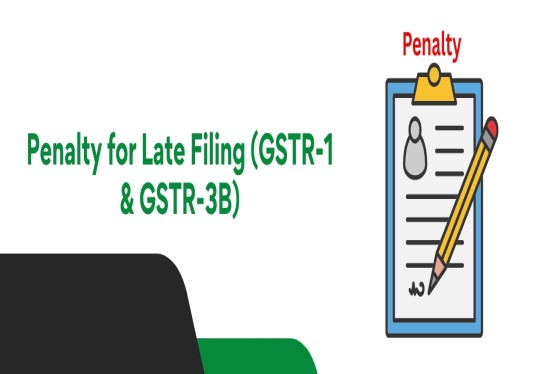












_of_GST_Act_learn_crop10_thumb.jpg)










_Under_GST_learn_crop10_thumb.jpg)









_crop10_thumb.jpg)


_crop10_thumb.jpg)






_learn_crop10_thumb.jpg)






















_of_the_Income_Tax_Act_learn_crop10_thumb.jpg)



_learn_crop10_thumb.jpg)






_learn_crop10_thumb.jpg)






_crop10_thumb.jpg)




















_in_The_Income_Tax_Act,_1961_learn_crop10_thumb.jpg)


_learn_crop10_thumb.jpg)



_of_the_Income_Tax_Act_learn_crop10_thumb.jpg)


_Of_Income_Tax_Act_learn_crop10_thumb.jpg)








_learn_crop10_thumb.jpg)








_learn_crop10_thumb.jpg)
_crop10_thumb.jpg)






















_learn_crop10_thumb.jpg)
_for_Import_and_Export_learn_crop10_thumb.jpg)











